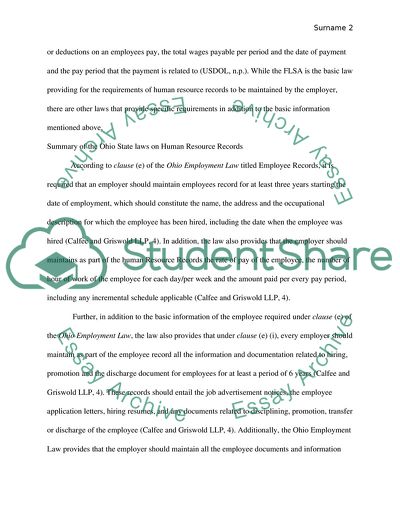Cite this document
(The Importance of Privacy and Compliance Report, n.d.)
The Importance of Privacy and Compliance Report. https://studentshare.org/law/1843426-the-importance-of-privacy-and-compliance
The Importance of Privacy and Compliance Report. https://studentshare.org/law/1843426-the-importance-of-privacy-and-compliance
(The Importance of Privacy and Compliance Report)
The Importance of Privacy and Compliance Report. https://studentshare.org/law/1843426-the-importance-of-privacy-and-compliance.
The Importance of Privacy and Compliance Report. https://studentshare.org/law/1843426-the-importance-of-privacy-and-compliance.
“The Importance of Privacy and Compliance Report”. https://studentshare.org/law/1843426-the-importance-of-privacy-and-compliance.


